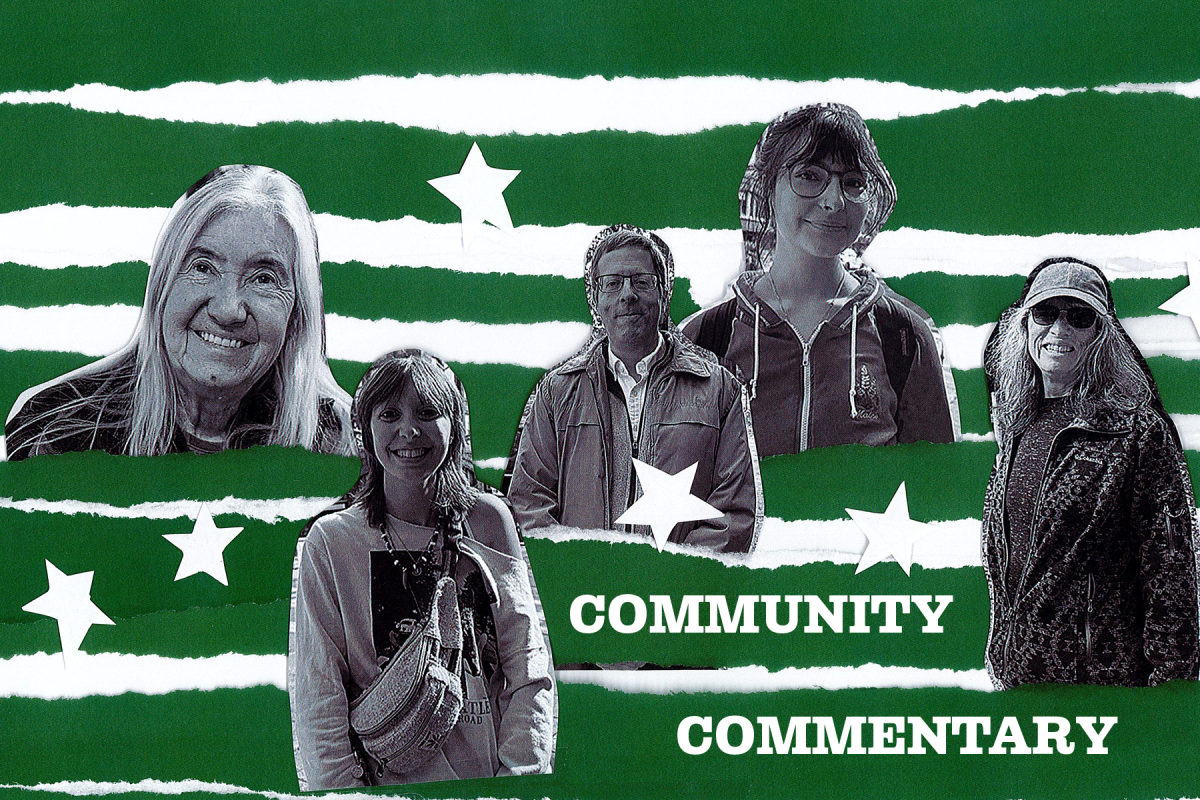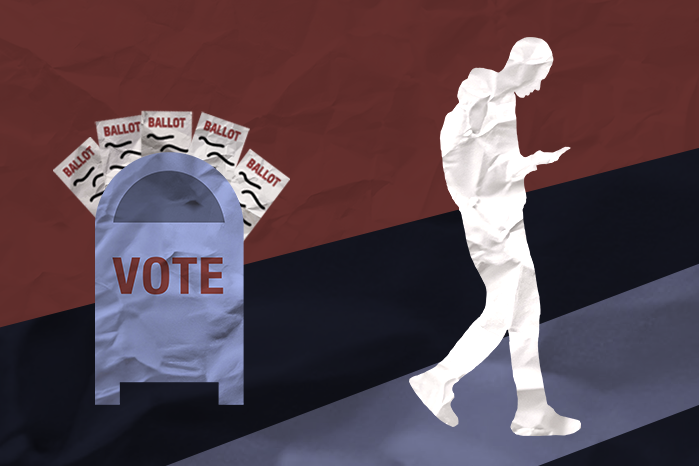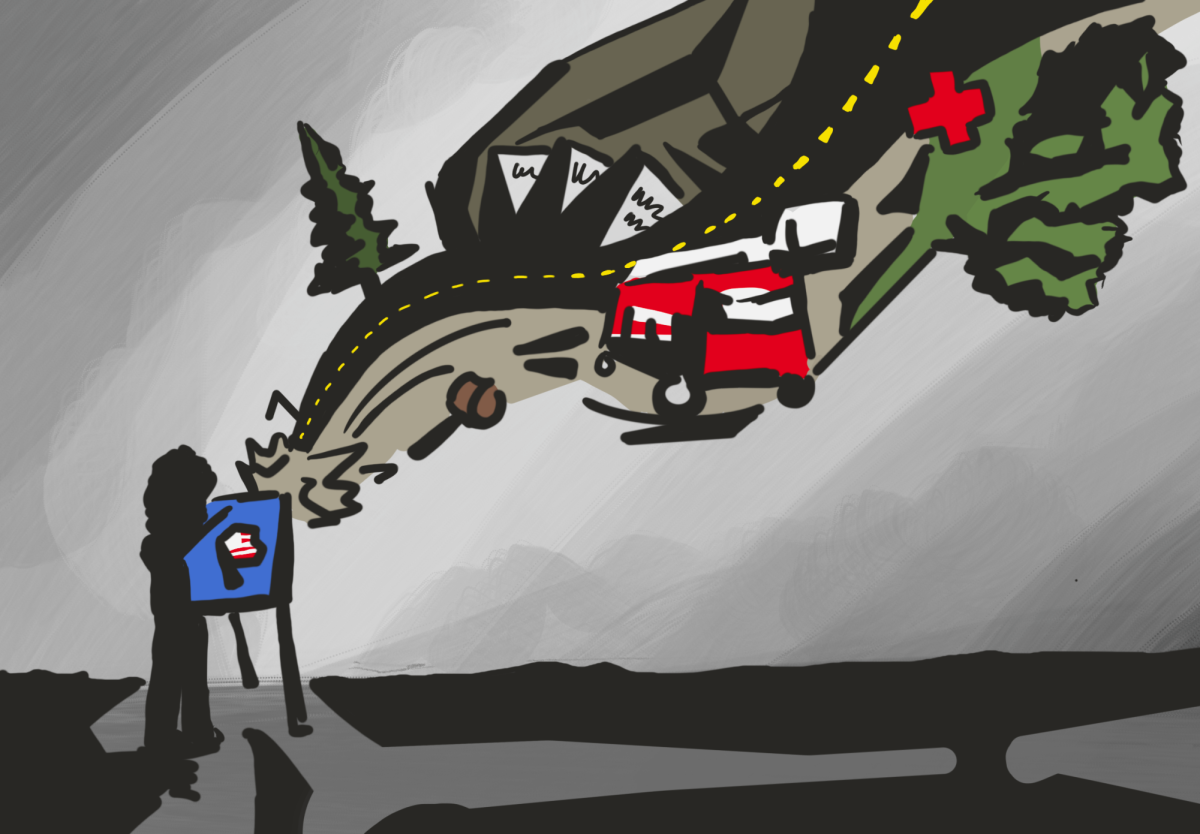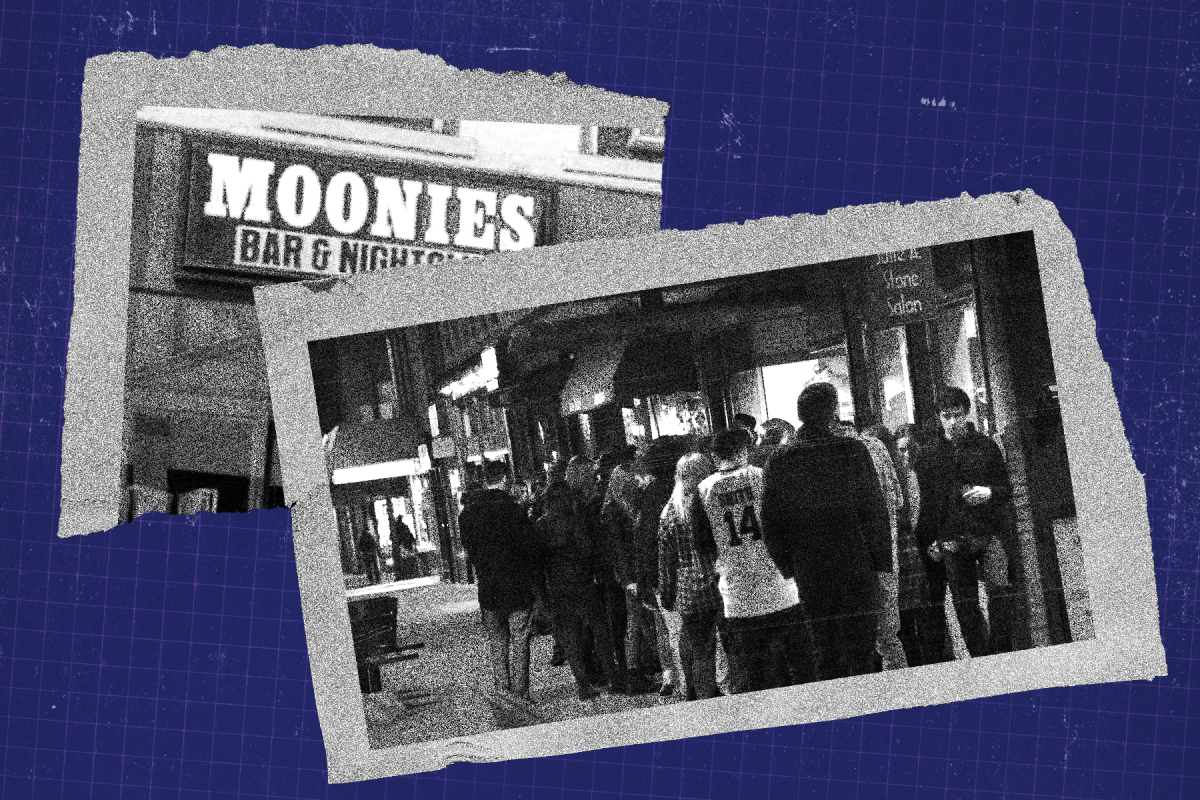I laugh at myself when I read my first tweet, which was sent at 1:07.52 a.m. almost two and a half years ago. “About to become Friday Night,” I tweeted.
While I’ve tried my hand at many things, a computer programmer or designer is a profession I have about as much of a chance of accomplishing as Verizon Wireless does in carrying the iPhone. But as far as Twitter is concerned, this theme of assimilation in social media is alive and well.
Most of my friends didn’t know — or care — what Twitter was when I began using it 6,215 tweets ago. They probably chalked it up to the fact that I have an odd obsession with technology — and that I’m Asian. But now looking back, I’d imagine they wished they had jumped on the Twitter-wagon earlier, despite my predictions that it would be the next big thing — as I also once said about Harry Potter, Avril Lavigne and Britney Spears.
But now, aside from the millions of users that frequent the Twitterverse, other social media companies are beginning to emulate Twitter’s look and approach to the delivery of information.
Companies like Facebook, LinkedIn, MySpace and the social news website Digg have all adopted Twitter’s presentation of a centralized stream of information, whether the companies will admit it or not. There’s not much differentiation across the social networking front in terms of presentation, aside from an additional column here or there or another ad for “The Social Network.”
My only fear is that Twitter has permanently altered the way we consume our media. What if you could watch one television station, pick up one newspaper or browse one Twitter-esque website where all the news from every outlet is presented in a single column stream? It would get boring. But that’s the direction social media is driving toward right now, with Twitter riding shotgun.
As Twitter grows, recently passing MySpace in overall monthly traffic and unique visitors, its presence and literal appearance will continue to spread.
It’s apparent Twitter knows its form factor is migrating across the Internet. In Twitter’s announcement of a redesign to its webpage user interface two weeks ago, in which the proportions and division of columns are based on the ‘golden ratio,’ Twitter is obviously trying to create a bit of separation from all the companies that mimicked its original appearance.
As social networks continue to switch their look to mirror Twitter, I have to apologize for the presentation of my column that takes the shape of a single stream of information. But hey, at least it’s on the right-hand side of the page.
Andrew Weiser is a senior journalism major. E-mail him at [email protected].







